Whether you’re a new business or you’re well-established and looking to realign, competitor research is essential.
By scoping out your rivals you can get a grasp on how successful they are online and where they seem to be drawing consumers in – or not.
We’ve summarised where you should begin and how you can conduct thorough competitive analysis that will give you the edge.
Where do I start?
Firstly, you need to identify who your competitors are. We recommend researching:
Content (Blogs/articles)
Social media
News mentions
Online reviews
Online communities
Once you’ve determined who your competitors are, it’s a good idea to break these up into groups. There are bound to be big-name companies within your niche. While these are, of course, competitors of yours, it’s best to focus your efforts on those within the same bracket as yourself. For example, another start-up’s if you’re a new company. These will be your direct competitors while growing.
Analyse their user experience
If you’re designing or making changes to your website, always analyze your competitors. What kind of photography do they have, how long are their product descriptions, do they have a blog? These are essential indicators of how you could design your site.
Similarly, go through the process of purchasing something from their site. What buttons and CTA’s (call-to-action) do they use? How easy is the site to navigate? What would you do differently?
Again, these are all clues as to how you can make a more efficient and conversion-high website.
Useful tools for competitive analysis
There are plenty of tools to help you analyse your competitors in order to create a thorough and in-depth report.
SEMrush
This is a great tool to establish the traffic to your competitors’ site as well as their backlinks. Link building is an essential SEO practice for improving the overall metrics of your site. SEMrush is also an excellent tool for keyword research, which can help you to write and plan better content.
Ahrefs
Much like SEMrush, Ahrefs can tell you the traffic, keywords, and backlinks of a competitor site. However, Ahrefs cover backlinks are far more detailed and in a more user-friendly style.
Moz
If you’re looking to understand competitor metrics such as DA (domain authority) and PA (page authority). Having the Moz bar installed and active while conducting research can give you valuable insight into how competitor pages and domains are performing.
Act as a customer for genuine insight
As we mentioned earlier, interacting with your competitor as if you were a customer can be incredibly useful. Sign up for their newsletter to see the type of content they are producing as well as any recent news. More often than not, newsletters contain ‘exclusive’ information you wouldn’t find on other channels.
Similarly, follow them on social media to see how their content is received. Do they get a lot of engagement? If so, what about their posts allows them to perform well? If they don’t have much of a social media presence, what can you learn from their mistakes?
Check their pricing structure
Make sure you look at your competitor’s pricing structure. This can give you some market awareness as to how much customers are willing to pay for your product/service. Do cheaper competitors get higher site traffic and social engagement? Or do higher-end prices see more conversion? Remember, you don’t necessarily have to be priced less than a competitor to be successful.
When you input your domain, category, and other key metrics into BOSCO™, machine learning and sophisticated data models determine your three closest online competitors. This takes a lot of the manual work out of your research.
If you would like to try BOSCO™ for free or for more information on how you can become a partner, register here. If you are interested in connecting your own data, send us an email at team@askbosco.io




